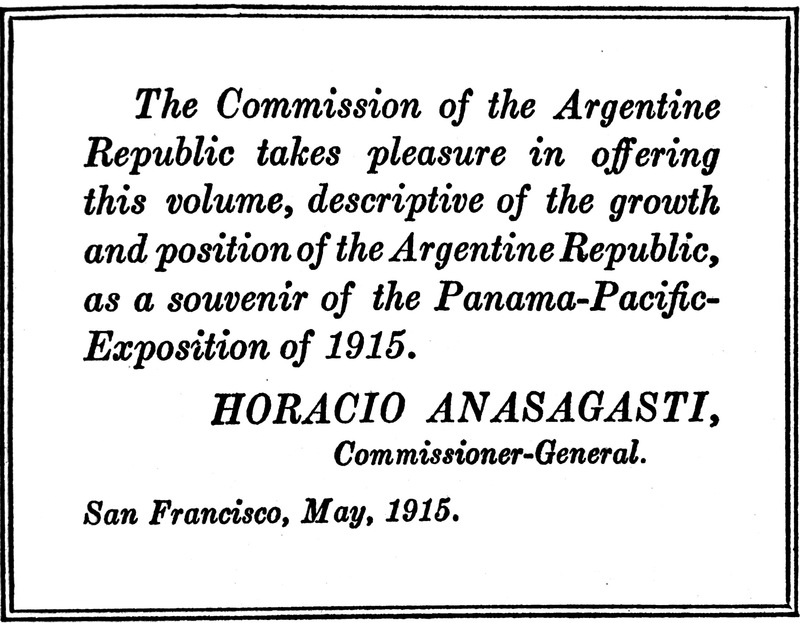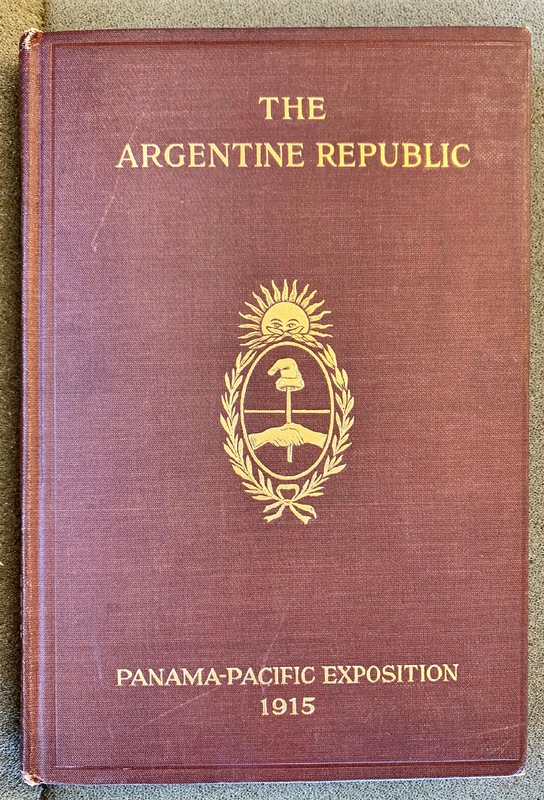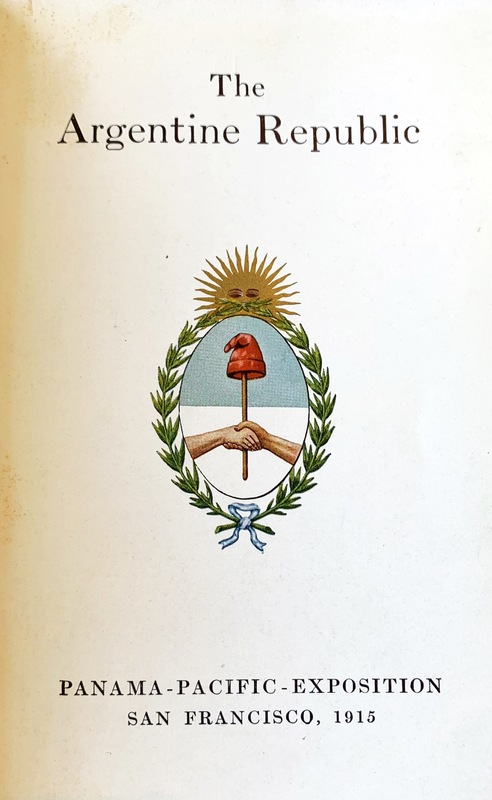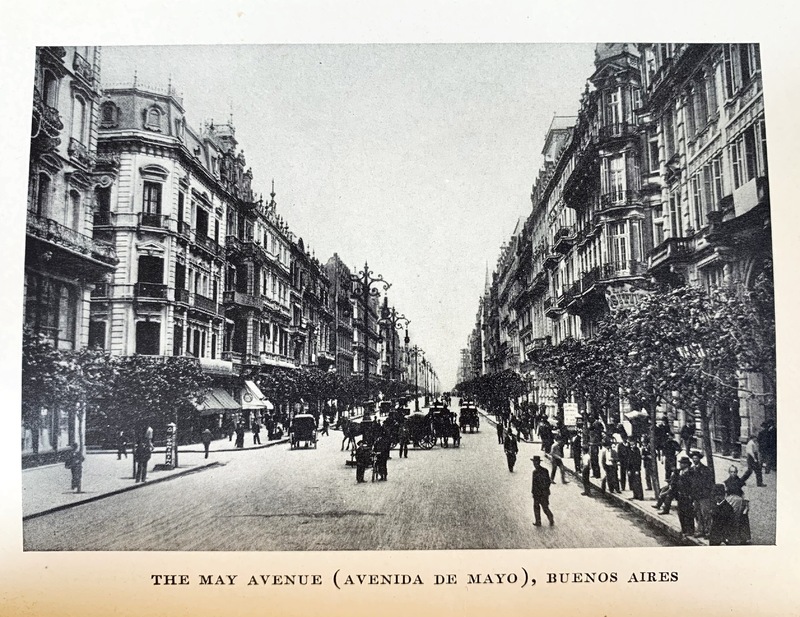A Spot for Argentina on the World Stage
Join us at the Argentine Republic’s exhibit at the World’s Fair in 1915! First and foremost, the Commissioner General of the republic would like to offer this 88-paged booklet (7x5”) that is a gift and guide “descriptive of the growth and position of the Argentine Republic.” Within, you’ll find depictions of extravagant buildings and art and learn about Argentina’s extensive railway system. The republic looks forward to sharing their wealth and beauty with you; just take a look inside.
The 1915 World’s Fair, held in San Francisco, celebrated the construction of the Panama Canal and the ascendency of the United States to the world stage. National exhibits at the World's Fair offered developing nations a chance to put their best attributes on display. The Argentine Republic was invited to participate in the world’s fair in 1915, which was an event that they had to extensively prepare for. The exhibits are meant to gain attention from other, more powerful nations.
The Argentine Republic offers this book, which almost seems a lavish gift, in the hopes that other nations would feel encouraged to visit their exhibit. With a red leather binding, gold letters, colored title pages, and numerous full-page images, this book displays its producers’ wealth. Comprised of charts, photographs of monuments, statistics, and maps, the book portrays Argentina’s wealth and endless potential. By means of this text, the republic attempts to present itself as a powerful nation with diverse assets and a growing economy.
There are many impressive photographs throughout the book, which exhibit the monuments, architecture, and cities of Argentina. The accompanying text outlines the republic’s assets, imports and exports. Argentina, and this book, take special pride in their prominent city of Buenos Aires. The city’s geographic location, on the banks of the River Plate and at the gateway to the Atlantic, contributed immensely to Argentina’s role as a great commercial center. At the time of this book’s publication, Buenos Aires thrived while the rest of the republic struggled. Argentina therefore attempted to connect each region to the beautiful city of Buenos Aires, in order to better the economy and status of the republic as a whole.
However, there are always discrepancies between reality and claims. Before and after the 1915 World’s Fair, Argentina was known to be an impoverished nation. The republic therefore took advantage of World’s Fairs as perfect opportunities to exhibit everything from raw materials to native peoples and customs. With this added context, it becomes apparent as to why the republic was desperate to portray its social and economic environment—by putting everything on display, it could create the illusion of a wealthy country in which other nations can invest. Although the republic did possess growing cities and industries, its early twentieth-century condition hindered Argentina’s ascendance to nationhood.
- Janet Nguyen



